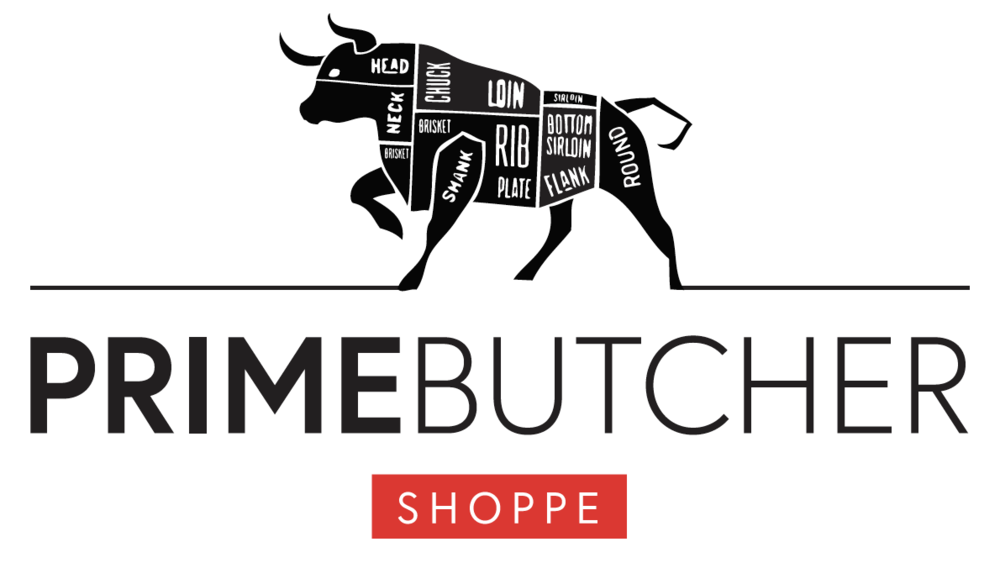Meat Quality Explained 101
Beef carcasses may be graded for quality alone, yield alone, a combination of both, or left ungraded as established by regulations and to suit the needs of slaughterers and their customers. The use of the system is entirely voluntary and operates on a fee-for-service basis.
Quality Grades: Quality grades are used to identify the eating characteristics of beef. They serve as a guide to the tenderness and palatability of the meat. There are eight beef quality grades, listed from highest to lowest quality: U.S. Prime, U.S. Choice, U.S. Select, U.S. Standard, U.S. Commercial, U.S. Utility, U.S. Cutter, and U.S. Canner. Beef steers and heifers are eligible for all these grades. Cows are eligible for all grades except Prime, while bullocks may only be graded as Prime, Choice, Select, Standard, and Utility. Bulls may not be quality graded.
Each grade level is identified by its own grade stamp. The grade designation assigned to a carcass is determined by evaluating its sex characteristics, maturity, lean muscle quality, and the degree of marbling present. The goal of using these criteria is to provide purchasers with a system that measures and predicts quality through methods that maximize consistency and reliability. Upon request, the grading service may establish specific grade specification programs for purchasers or suppliers based on these criteria. Several of these purchase specification programs are currently in existence.
Yield Grades: Yield Grades 1 through 5 apply to beef, bullock, bull, lamb, yearling mutton, and mutton carcasses. Yield Grade 1 indicates that the animal will have the most usable lean meat, producing the greatest cutability from the carcass, whereas Yield Grade 5 will produce the least. In simpler terms, YG1 is the leanest, and YG5 is the fattest. The assessment is made using an equation that includes the measurement of the ribeye area, the presence of heart and pelvic fat, and fat cover thickness, as applicable to the species requirements. Generally, the higher the quality grade, the higher the yield grade.
Consequently, most restaurant-quality Prime and Choice animals typically fall into YG1 and occasionally higher. In beef animals, the adoption of cross-breeding techniques, improved diets, and genetic modifications have significantly reduced excess fat, leading to an increase in YG1 and YG2 grades and a decrease in YG4 and YG5 grades. However, in most instances, due to further trimming by suppliers, the Yield Grade will not appear on the product label. Like other species, quality grades help to identify the eating characteristics of beef, guiding consumers on tenderness and palatability.
Come in for more knowledge & love!
Pepe Manzanares & the Family of Foodies behind our counters.
